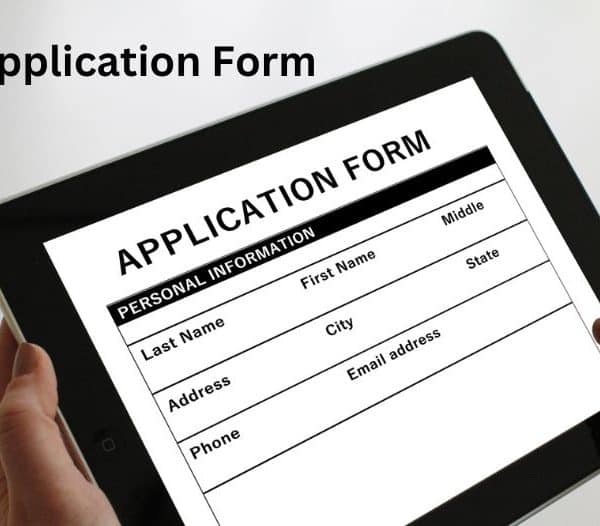The Indian Economic Service Exam pattern includes written examinations for 1000 marks and an interview of 200 marks. The written section of 1000 marks is divided into six papers–
- General English – 100 marks
- General Knowledge – 100 marks
- Economics Paper I – 200 marks
- Economics Paper-II – 200 marks
- Economics Paper III – 200 marks
- Indian Economy – 200 marks
Candidates get three hours to answer each of the written papers. The questions are in English and candidates also have to answer in English. The questions are all essay type, there are no objective questions.
Indian Economic Service Exam Syllabus and Pattern
For General English and General Knowledge papers, the standard is of a basic graduate level. For the other economics papers, the standard is of a post-graduate level university examination.
The General English paper includes an essay and some general exercises based on reading, comprehension and vocabulary. A summary or a précis is also commonly asked.
The General Knowledge paper asks questions on Indian Polity, Indian Constitution, the History of India and Indian Geography.
Economics
For Economics Paper I aspirants need to have a solid grip over basic concepts like Theory of Consumer Demand, Theory of Production, Theory of Value, Theory of Distribution, Welfare Economics and Quantitative Methods in Economics.
Economics Paper II is also focused on core concepts like Economic Thought, National Income and Social Accounting, Theory of Employment, Output, Inflation, Money and Finance, Finance and Capital Markets, Economic Growth and Development, International Economics, Balance of Payments and Global Institutions.
Economics Paper III
Economics Paper III delves into more specialized areas of economics like Public Finance and Taxation, Environmental Economics, Industrial Economics, Market and Planning.
The paper on Indian Economy requires an in-depth knowledge of the structure and evolution of the Indian Economy.
History of Development and Planning, Federal Finance, Budgeting, Fiscal Policy, Poverty and Human Development, Agriculture and Rural Development, Urbanization and Migration, Industrial Development, Labor Relations and Welfare, Foreign Trade, Banking, Inflation all need to be studied in the context of India.
Interview
For the interview, aspirants are expected to not only have a firm grip over their academic discipline but also keep abreast of all important happenings in the country or outside it. They must all read-up on any new studies and theories that come up.
But only those candidates who secure the minimum qualifying marks in the written exam are called for the interview. The UPSC decides the qualifying marks and it can vary from year to year.
Candidates appearing for the interview also have to undergo a basic medical examination.
Also Read : Indian Economic Service Salary: Embark On An Economic Analysis
Indian Economic Service Eligibility
The IES Exam is an all-India, competitive examination. But it is not held every year. It is only conducted when there are a suitable number of vacancies to be filled. The age limit for the IES exam is between 21 to 30 years.
The candidate must be above 21 years and below 30 years on the first of January of the year when the examination is scheduled to be held.
There are also strict educational qualifications for IES eligibility. Candidate must have a valid post-graduate degree in Economics, Applied Economics, Business Economics or Econometrics from any recognized Indian University or from a foreign university which has been approved by the Central Government.
Candidates who are successful in the IES exam are given an appointment only after they provide reliable character verifications and undergo a second and more extensive round of medical examination.
Indian Economic Service Salary
Cracking the IES exam is especially rewarding because of the very generous salary package and employee benefits of the IES cadres. The salary of IES cadres varies depending on designation, but on an average, they earn around 55,000 – 60,000 INR per month. At the top of the pyramid, the Higher Administrative Grade officers earn nearly INR 70,000 – 80,000 per month. At the lower-most rung, the Junior Time Scale officers earn between INR 15,000 – 40,000 per month.
For university students or young professionals with a base in Economics, the IES exam can open the doors to a flourishing career with a stable income.
Conclusion
Having a personal mentor to prepare for UPSC is the best way to ensure constant improvement. UPSC Pathshala’s personal mentor are experts of UPSC with years of experience.
They solve doubts, keep track of progress, and help to improve in weak areas. Don’t miss the free demo class and experience the teaching methodology of UPSC Pathshala.
We have trained 15000+ satisfied students for UPSC Exam with many selections.
Also Read : What is Double Counting? What is the Impact of Double Counting in the Economy?






